
Living in a Nursing Home: Myths and Realities
11 myths about life in a nursing home...
Many myths, or misconceptions, persist about nursing facility life. In the past decade, nursing facilities, like all areas of health care, have changed dramatically in terms of staffing, policies, procedures, and general approach to the needs of their patients. The goals of the long term care profession are to provide both quality care and quality of life in a safe and secure environment.
Understandably, some people are apprehensive about a move from their own home to a nursing facility. People do not know what to expect, and worry about what they believe is relinquishing control over their lives. Long term care providers understand these concerns, and want patients and their families to know the difference between the myths and the realities of life in a nursing facility.

Myth 1: A nursing facility is like a hospital
Reality: A nursing facility is not a hospital. Many people enter a nursing facility after a hospital stay and tend to think of the nursing facility as an extension of hospital care. However, a nursing facility is much different. Medical, rehabilitative and nursing care is provided as needed by health care professionals and dedicated caregivers. Yet at the same time, nursing facilities try to be homes – where people can feel comfortable, find familiar faces, and continue life’s activities appropriate to their age and capabilities.
Nursing facilities do not have restrictive visiting hours like hospitals. Family members and friends are encouraged to visit. Whenever possible, patients eat in dining rooms rather than in their rooms. Various activities and outings are offered each day to stimulate and entertain patients mentally, physically and socially.
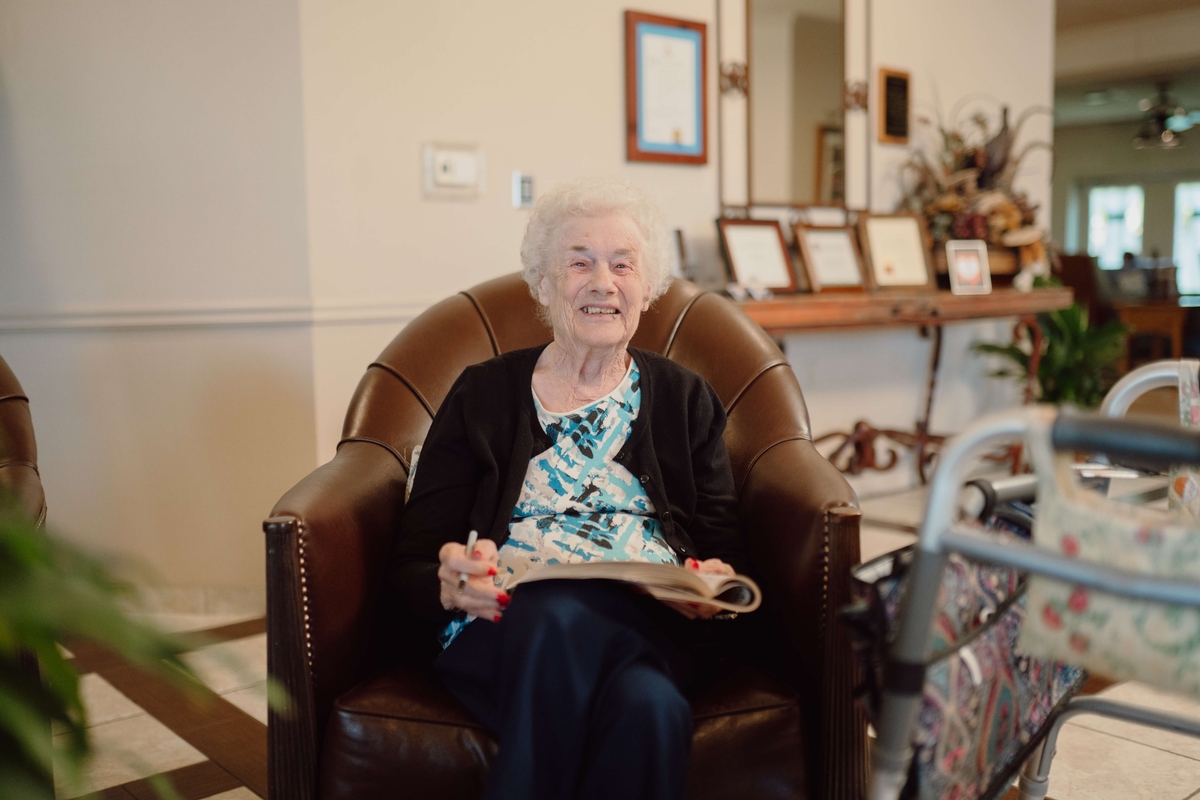
Myth 2: Nursing facility patients are confused
Reality: Most people slow down physically as they age and perhaps get easily tired. Some may slow down mentally as well. In fact, many people enter a nursing facility, in part, because poor memory makes caring for themselves difficult or impossible. However, with adequate nutrition, exercise, social stimulation and properly controlled medication memory problems often can be improved. It is important to take into consideration that a nursing facility has professional caregivers that are extraordinarily capable of interacting with the elderly or persons with a disability in a variety of situations.
It is true that a large number of nursing facility residents have Alzheimer’s, an irreversible disorder that causes progressive mental difficulties. In many cases, Alzheimer’s patients live in distinct units where they can be among people having the same limitations and receive the specialized care they require in a secure setting.
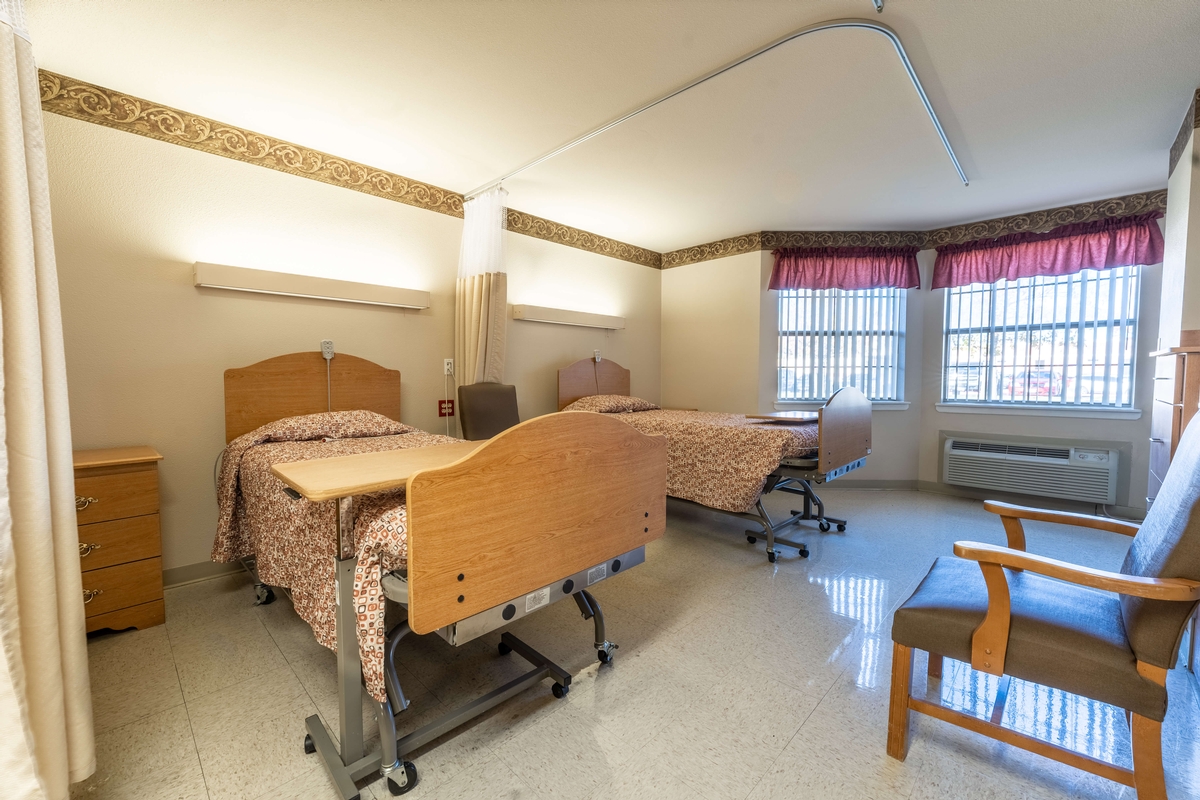
Myth 3: There’s no privacy in a nursing facility
Reality: Nursing facilities must strike a balance between providing security and adequate supervision while respecting a person’s privacy. Common areas in nursing facilities tend to be open, while patient rooms are considered private. Staff members respect patient privacy by being courteous and by knocking before entering the room.

Myth 4: I will not be able to make my own decisions
Reality: Nursing facility staffs strive to maximize independence and honor patient preferences. It is a patient’s legal right to make choices about activities, schedules, health care and other aspects of their life. Yet it is important to recognize that the facility must ensure an environment where people can live together safely and harmoniously. Whatever an individual’s physical condition, the over-riding objective for the facility is respecting an individual’s rights and wishes and providing a supportive environment and quality care.
Resident councils, which are self-governing bodies in nursing facilities, provide an opportunity for patients to become actively involved in addressing their concerns to staff and to one another. When it comes to treatment decisions, some patients choose to shift decision-making responsibilities to their children or others. Patients, if they have not already done so, are encouraged to prepare an advance directive. An advance directive is a legal document designed to express an individual’s wishes for treatment should he/she be unable to communicate his/her preferences.
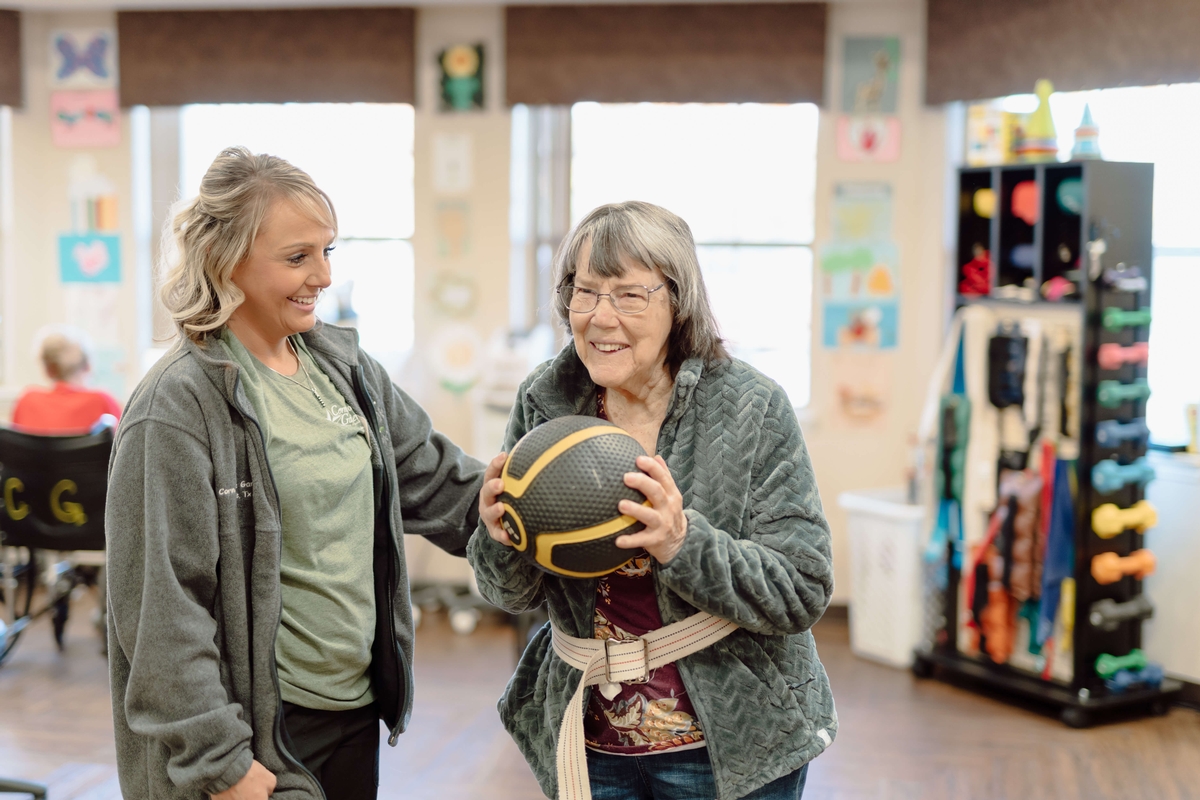
Myth 5: Nursing facilities do not provide quality care
Reality: Family members are encouraged to participate in care planning meetings with the staff and patient. By being involved in care decisions, the information you can provide will help ensure quality and satisfaction of care. Keep in mind that nursing facilities are expected to meet government-quality standards, and they are inspected to ensure that they do. When a problem is found, a plan for correcting it is put into place promptly. In addition, most areas have an active, government-supervised, Ombudsman program that provides advocates for patients. Family and friends also serve as an important safety net by being regular visitors. If you feel that proper attention or care is not being given to a specific situation, bring it to the attention of the appropriate staff person, for example, the director of nursing, social worker or administrator. If you are not satisfied with their responses, you may wish to contact the facility’s Ombudsman or other authorities.

Myth 6: Nursing facility patients are not visited regularly by family and friends
Reality: Most nursing home residents are visited by their loving family members and supported throughout their stay. Visitation is not only allowed, but encouraged by the staff in nursing homes.
In some cases, though, families do not do their part even though the facility staff does everything possible to encourage visitation. Staff members often become surrogate family members and friends to patients. However, as hard as they try, the staff cannot fully offer the same social and psychological support as friends and family. Staff members recognize this and try to encourage visits and to make visitors feel welcome. Many facilities encourage and facilitate communication via email and the web.

Myth 7: Meals are not appetizing
Reality: The dietary staff makes every effort to ensure that meals are nutritionally balanced, varied and appetizing. The fact is, however, it is difficult to meet everyone’s expectation of home cooked meals. Another impacting factor is that many patients are placed on restrictive diets that may limit salt, fat, cholesterol, or sugar. Some may require that their food be pureed due to difficulty in swallowing or chewing. Because proper nutrition is so important, discuss this matter with the facility’s dietary manager.

Myth 8: Patients are controlled by medications
Reality: Every person has the right to know what medication he or she is taking, to refuse any or all treatment, and to be free of medication inappropriately used to control behavior. Tranquilizers, pain-relieving medications, sleeping pills, and anti-depressants are all drugs that must be prescribed by a physician for treating a medical condition. Properly prescribed, and administered, these medications help individuals. For example, drugs are often very beneficial to the elderly if they suffer from depression, which is common.
Use of drugs in nursing facilities is closely monitored. Government regulations require that a consultant pharmacist review drug regimens monthly and state inspectors also review medications. Patients and families are encouraged to participate in care planning sessions to discuss pharmacy issues and ask questions about prescription medications, especially if it is felt they are having a negative effect.
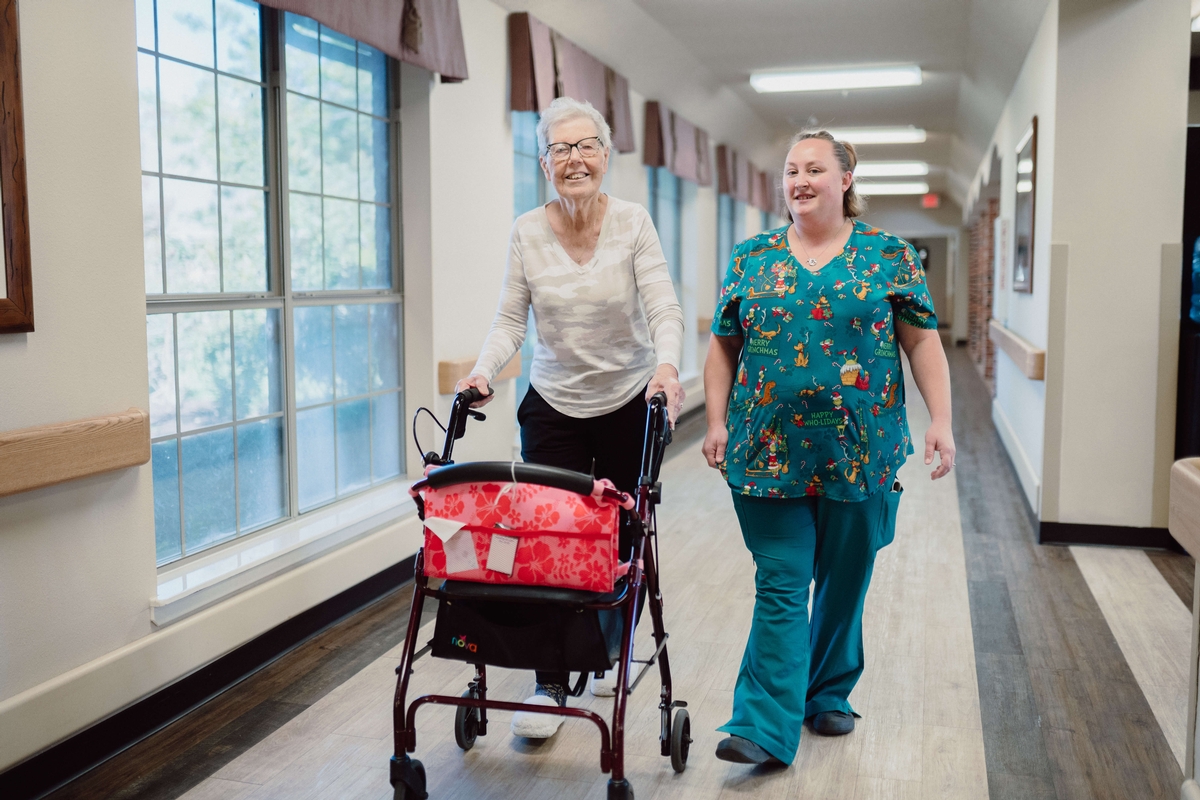
Myth 9: Physical restraints/restrictive devices are common
Reality: Nursing facilities have made great strides in promoting and fostering the maximum physical potential of everyone in their care. Restrictive devices are used only when necessary to treat medical symptoms under a physician’s order. In accordance with federal regulations, a family’s desire to use a restrictive device must also be medically indicated and ordered by a physician. As more care options are developed and physical independence strategies are enhanced, more patients are enjoying the freedom of movement while also achieving improved functioning and safety. Long term care professionals use devices as medically needed, and not as restraints.
For example, if a person who has had a stroke has difficulty balancing while sitting, a therapeutic position enabler may be prescribed to facilitate sitting, positioning for eating or participation in activities or therapy.
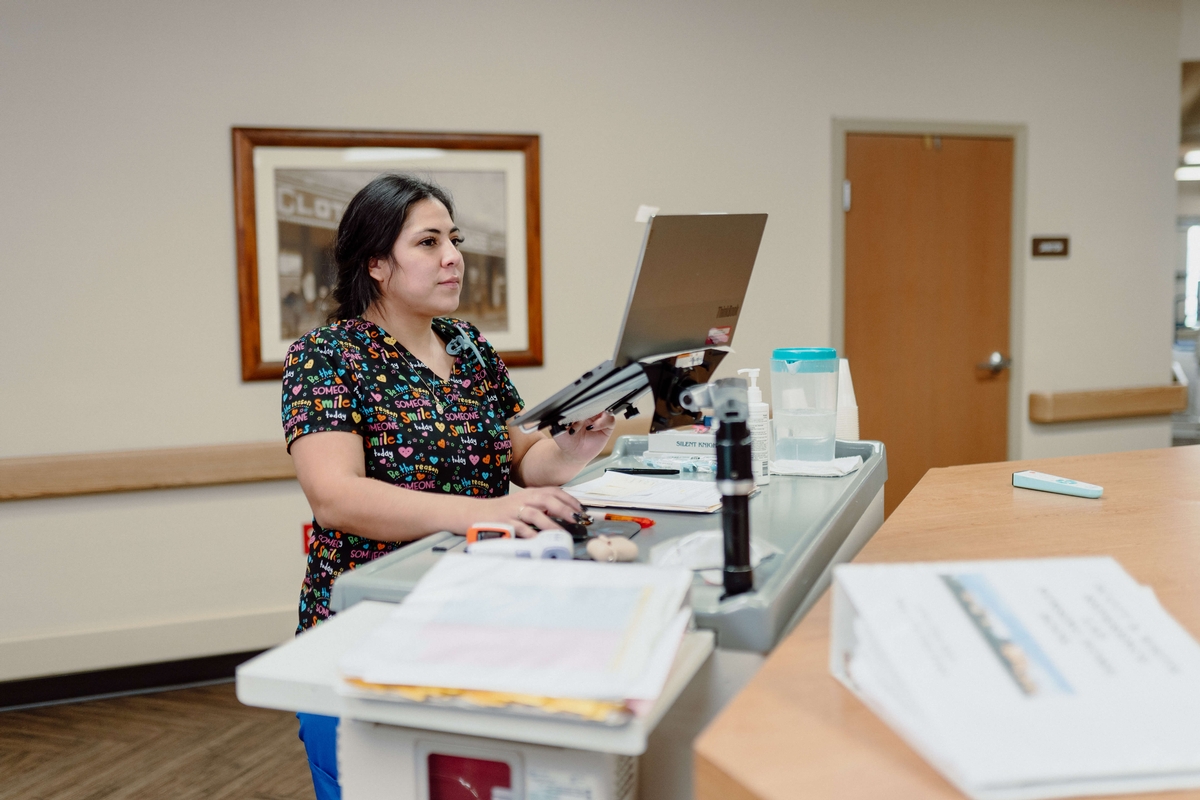
Myth 10: Nursing facilities are expensive
Reality: At first glance, nursing facility costs may appear high. The average daily cost for a shared room is in the range of $260 with geographic variations. This daily cost covers a complete set of services, including room, board, medical and personal care, health professionals on staff or on call, and a full range of activity programming. Once the range of services is taken into consideration, it becomes clear that the daily charge is reasonable.
It is also important to note that the primary goal of nursing facilities is to maintain the individual’s quality of life while providing needed care, rehabilitation and a safe environment. Staff members encourage patients toward self- reliance as much as possible so that they can maintain or achieve the highest level of independence possible.
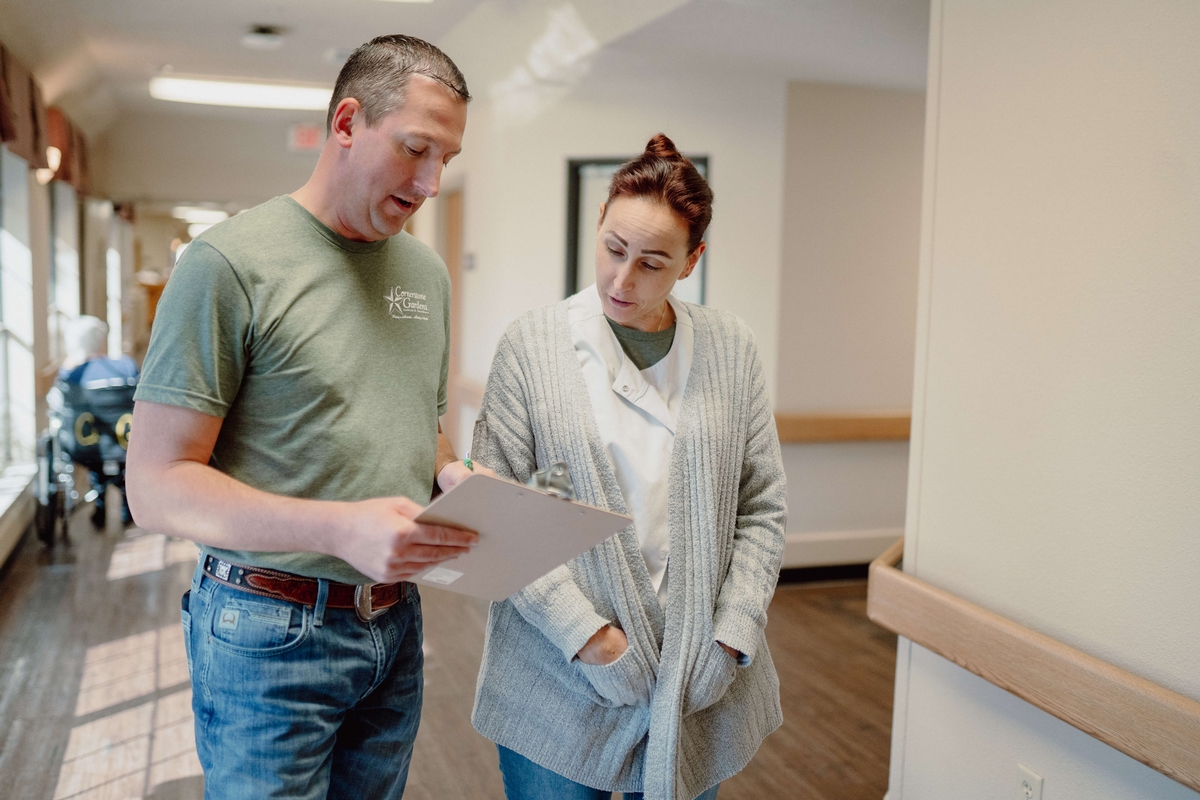
Myth 11: Medicare or my health insurance will pay for a lengthy stay in a nursing facility
Reality: Because many people mistakenly believe that Medicare or health insurance will cover their long term care costs, they are forced to spend down their savings to cover the cost of care.
Consumers should be aware that the government provides little financial assistance for nursing facility care unless a person is impoverished and qualifies for Medicaid. Nursing facility coverage falls under Part A of Medicare and is very limited. If certain stringent conditions are met, Medicare pays for 100 percent of the first 20 days of care in a skilled nursing facility (SNF) if that many days are needed. For the 21st through the 100th days, the patient must share the cost of care by paying a daily co-insurance rate that changes yearly. In 2022, the co-insurance payment was just over $194 per day. Medicare Part B may help pay for covered services received from a doctor in a SNF, if the person has chosen to participate in the Part B medical insurance program. If they have used up their Part A coverage for a spell of illness, Part B also covers a portion of services received in a SNF, such as physical and occupational therapy.
Under the Part B program, they must pay an annual premium and a deductible for all Part B services including physician services, after which Medicare pays 80 percent of the reasonable charges for covered services.
Long term care insurance offers a more viable solution to accessing the facility or setting of your choice, paying for it while preserving personal assets. However, due to lack of public awareness about long term care and who pays for it, long term care insurance is used by only five percent of the public.
Have more questions about life in a nursing home?
We are here to help. Although these 11 myths are the most common misunderstandings about life in a nursing home, we know that many other uncertainties can come up. At Cornerstone Gardens, we care about making sure our residents feel comfortable knowing they are in the right place, and that family members know they are making the right decision for their loved one.
Reach out to us or read more about the long term nursing care provided at Cornerstone Gardens to answer your questions about life in a nursing home.
